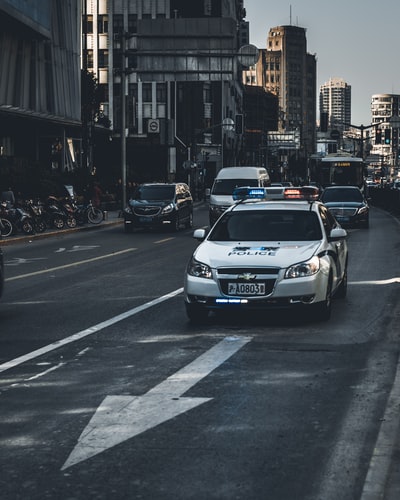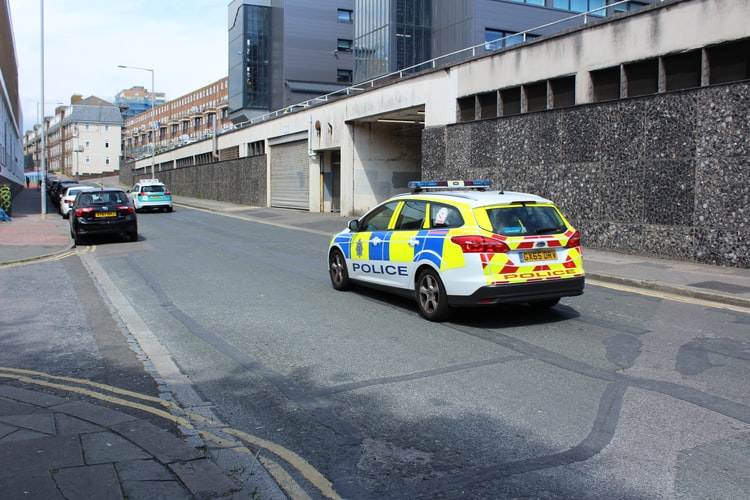When driving a car, the rules governing Road Traffic Law are often more complex than those governing the operation of any other vehicle. This is because there are many different types of vehicles on the road that can add an additional element of complexity to the law. There are also several regulations that apply to each type of vehicle.
A large part of the law is the rules on speed. This applies to all road users, including motorists. Motorists should be aware of their speeds on the road and follow them carefully.
When driving a car, your responsibility as a driver is to ensure that you are not obstructing traffic. You are required to give way to pedestrians, cyclists and other vehicles on the road at all times. It is a criminal offence for a motorist to drive through a red light or stop sign without giving way to pedestrians.

Being Mindful When Driving
Every driver is responsible for ensuring that they are following the road laws. A motorist must not drive any speed other than what is reasonably necessary. Other speed limits are set by individual road authorities.
The best way to understand Road Traffic Law is to first understand what it covers. There are several different sets of laws and regulations that apply to a range of vehicles. There are rules that apply to cars, trucks, vans, motorbikes and motorcycles. Each one of these sets of vehicles requires a different set of rules to be followed when driving on the road.
Each set of rules applies to specific road types. For example, there are two types of roads, namely an open road and a restricted road. There are other kinds of roads, including expressways, primary roads, secondary roads and main roads.

Key Principles
When driving on a restricted road, a motor vehicle may only be driven on certain routes. For example, on a restricted road a vehicle may only be driven on a one-way street. Therefore, the first step to understanding Road Traffic Law is to determine which roads an individual vehicle may drive on.
An Open Road is a road that has been designated for the use of all road users. It is a shared space where drivers and passengers are able to pass without restriction. It may also include one-way streets or roads which have traffic lights but without a stop sign.
A Primary Road is a road that has been declared to be a preferred route for motor vehicles by road authorities. The route may also include one-way streets. Secondary roads are defined as roads that lead from a primary road to a restricted road. They may also include one-way streets or roads that have traffic lights but without a stop sign.
Secondary roads are a separate road from the roads that lead to the restricted roads. They are considered a preferred route for motor vehicles as they are not restricted. However, they are limited to two lanes in either direction and are open to one-way traffic.
Secondary roads include main roads and one-way streets. There are also dual carriageways, bypasses and urban expressways. They are generally classified as traffic-free areas.
The rules in a restricted area, with the exception of the one-way streets, are the same as those in the main roads except that the vehicles are separated into high and low volume. There are rules and regulations that apply to high volume vehicle drivers. When using a multi-lane expressway, a driver who drives more than twenty five kilometres per hour is considered to be exceeding the speed limit.



